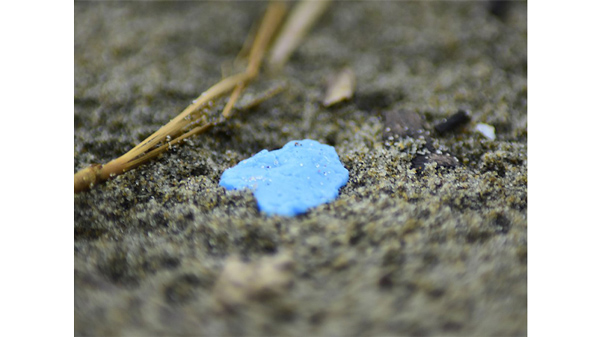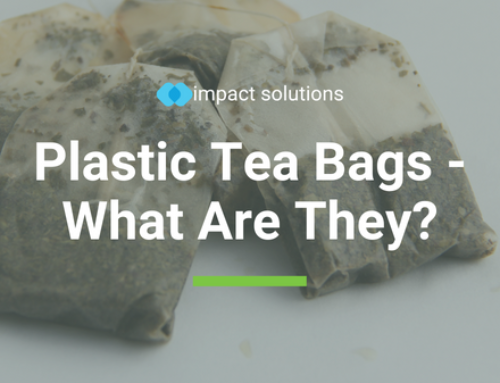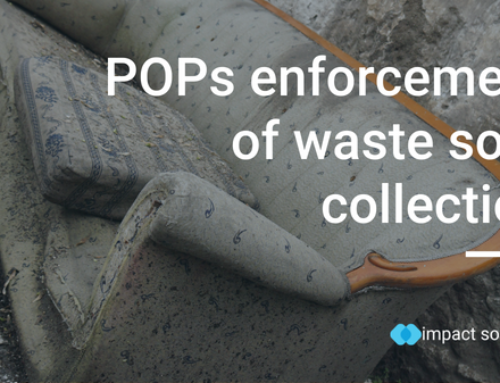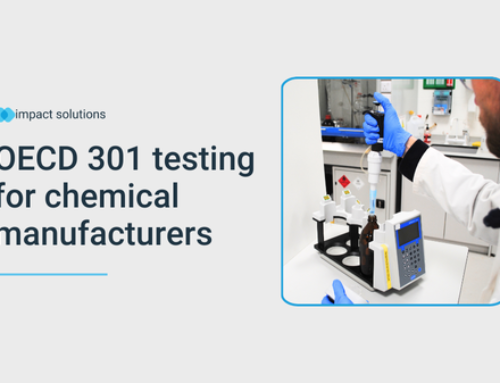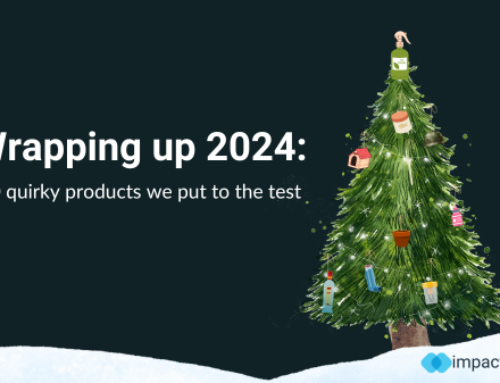Why is testing biodegradables to standards like EN ISO 14852 important? Over an estimated 8 tons of plastic are dumped into the ocean annually, adding to the already 150 tons currently in the ocean. That is the equivalent to one garbage truck per minute. Of the 8 tons of plastic that are dumped per year, 236,000 tons of that are microplastics. Microplastics are small plastics 5mm and below. These are things like microbeads that are commonly found in cosmetics and microfibres that come from washing synthetic clothing.
The UK has passed a ban on certain microplastics to help prevent any further pollution from them. As not all plastics are currently able to be or necessarily should be banned and companies can’t control where products end up after it is in the hands of the consumer, another solution to help stop marine pollution, is the production of biodegradables.
Biodegradables would allow for a product to biodegrade if it were to enter the ocean at the end of its life. The only way to know whether a product will biodegrade this way, under these circumstances, is to test them.
One of the universally accepted test methods for this, is the EN ISO 14852; Determination of the ultimate aerobic biodegradability of plastic materials in an aqueous medium – Method by analysis of evolved carbon dioxide. This gives an indication of whether or not a product will be able to biodegrade if put into a natural environment. If products that end up in the ocean are able to degrade, there would be less harm to the marine life being affected.
This process looks at the biodegradation of a product over a period of 2 months. The product is placed in an aqueous medium and analysed for the amount of carbon evolved to carbon dioxide. To meet the classification of biodegradation to standard BS EN 13432, there must be emissions of 90% CO2 by the end of the 2 months following EN ISO 14852.
To learn more about our biodegradability testing, contact a member of our team today!
Be sure to keep up-to-date with our biodegradability services by following us on Facebook, LinkedIn and Twitter.

